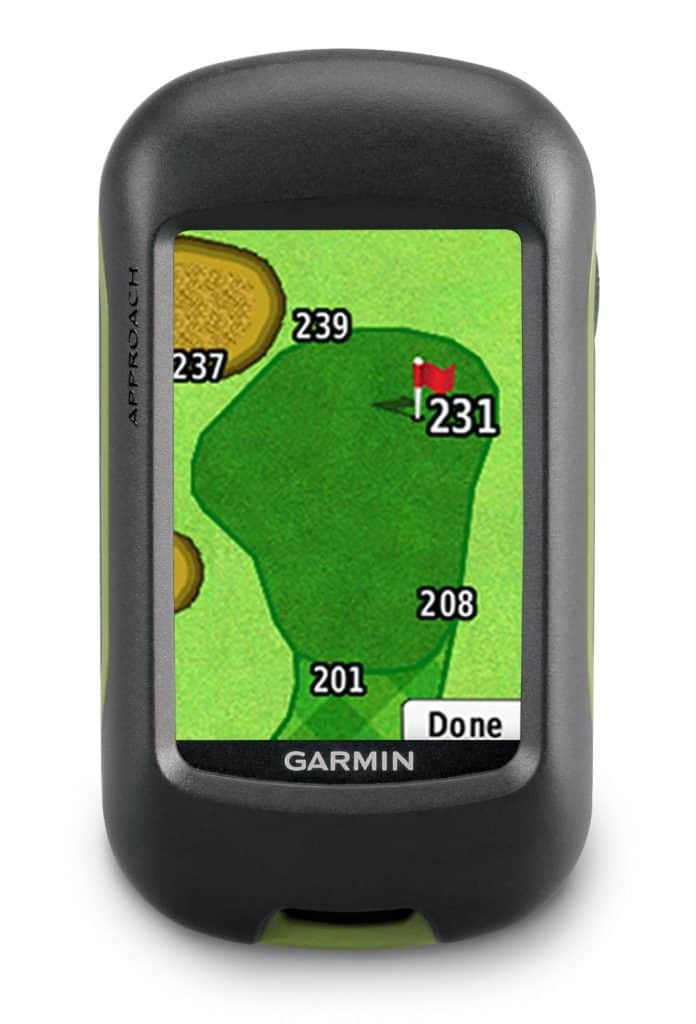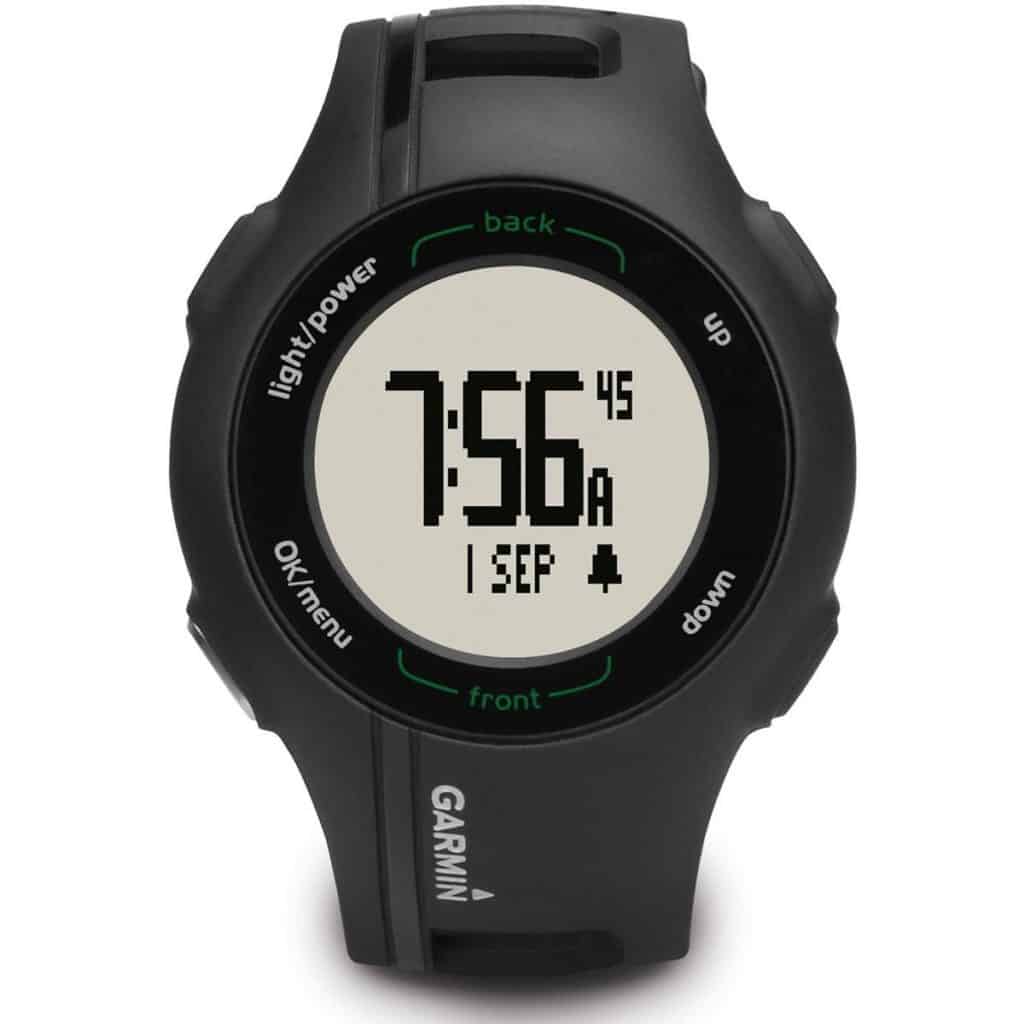In case you are still wondering what is GPS and how it works, read on. GPS is an acronym for Global Positioning System. In short, GPS is a system of navigation that helps people determine their position by using the information from GPS satellites. The GPS satellites send out signals which contain information about the user’s location and the time. The GPS signals travel at the speed of light, so the distance between the receiver and the satellite is calculated by calculating the difference in time between the GPS signal sent to the receiver and the signal received.
In case you are unfamiliar with the GPS satellite system, it is a worldwide navigation system that uses a network of 24 satellites. The system has a range of more than 12,500 miles and works no matter where you are. It is not dependent on internet connections or telephone signals, but it does improve its positioning. GPS is supported by ground stations and is free of charge for civilian users. The GPS satellites are also accessible in bad weather conditions.
Originally, GPS was an experimental project undertaken by the U.S. government, with the first prototype spacecraft launched in 1978. By the end of the decade, the first full constellation of 24 satellites was operational.
While GPS was initially used by the military, the technology was eventually made available to the general public and allowed for civilian use. On May 1, 1983, the Soviet Union’s SU-15 shot down Korean Air Lines Flight 007, killing all 269 passengers on board. The airliner had inadvertently strayed into Soviet airspace. This tragedy drew international attention to the Soviet Union’s poor control of its airspace and prompted the U.S. military to release its Global Positioning System (GPS) to the public later that year.
President Ronald Reagan had opened this system up for civilian use in response to the shooting down of KAL 007, in order to improve air safety and navigation. Prior to this, GPS had been restricted to military use only. The availability of GPS to civilians has since revolutionized air travel and navigation, making it far safer and more efficient.
Since then, technological advances have helped improve the accuracy of the GPS signals, and the latest systems can pinpoint a person’s position to a foot’s distance.
The GPS system has a variety of applications in the commercial and general aviation industries, which are the most common uses of the technology. Its accuracy depends on several factors including the availability of satellites, the ionosphere, and the urban environment. The presence of physical obstructions can also affect arrival time measurements, making GPS a dual-use technology. There are also numerous applications in science and the military. This technology has made it easier to study Earth’s climate, the movement of arctic ice sheets, and the eruption of volcanoes.
As of May 2021, there are twenty-four GPS satellites orbiting the earth in six MEO (medium earth orbits) that are inclined at 55 degrees from the equator plane. The Global Positioning System (GPS) satellites are distributed equally in six uniformly spaced circular orbits, with four satellites per orbit. This ensures that there are always eight satellites in view from any point on Earth. The distribution allows for greater accuracy in calculating position and time. In addition, the redundancy provided by the multiple orbits enhances the system’s reliability.
Each GPS satellite orbits about 13,000 miles above the surface of the Earth and completes two full orbits around the Earth each day.
There are several uses of GPS technology, including finding hidden treasure, tracking people, and managing disaster recovery. In addition to helping people in crisis situations, GPS has saved lives in times of natural disasters. Knowing someone’s location allows emergency services to deliver supplies and help faster. Unlike satellites, GPS works in all types of weather. It can even track the location of other cell phones. That’s why the GPS has become so ubiquitous and important.
The GPS satellites are powered by solar energy, but they also have backup batteries in case of solar eclipses. Each GPS satellite transmits two low-power radio signals. These signals travel by line of sight, which means they will pass through clouds, glass, and plastic but will not travel through solid objects like houses. Modern receivers can track through houses. However, if the GPS satellites are not visible to a GPS receiver, it will not be able to find the position.
The GPS satellites have a very high accuracy. The system is used by automobiles, aircraft, and mariners. In addition to the United States, Canada, and France, many other countries have launched satellite navigation systems. The US, GLONASS, and BeiDou are the four main satellite constellations of the GPS. The European Union has also announced plans to launch 30 satellites to form a global navigation system. This constellation will be operational in 2020.
The accuracy of GPS is limited by the presence of obstacles in the way. Gravitational forces can pull satellites out of orbit, while parts of the atmosphere can block satellite radio signals. Also trees and buildings can block GPS signals. However, the GPS control and monitoring stations keep track of the satellites and constantly monitor them to ensure that GPS receivers are as accurate as possible. They also correct errors that may occur in GPS receivers.



